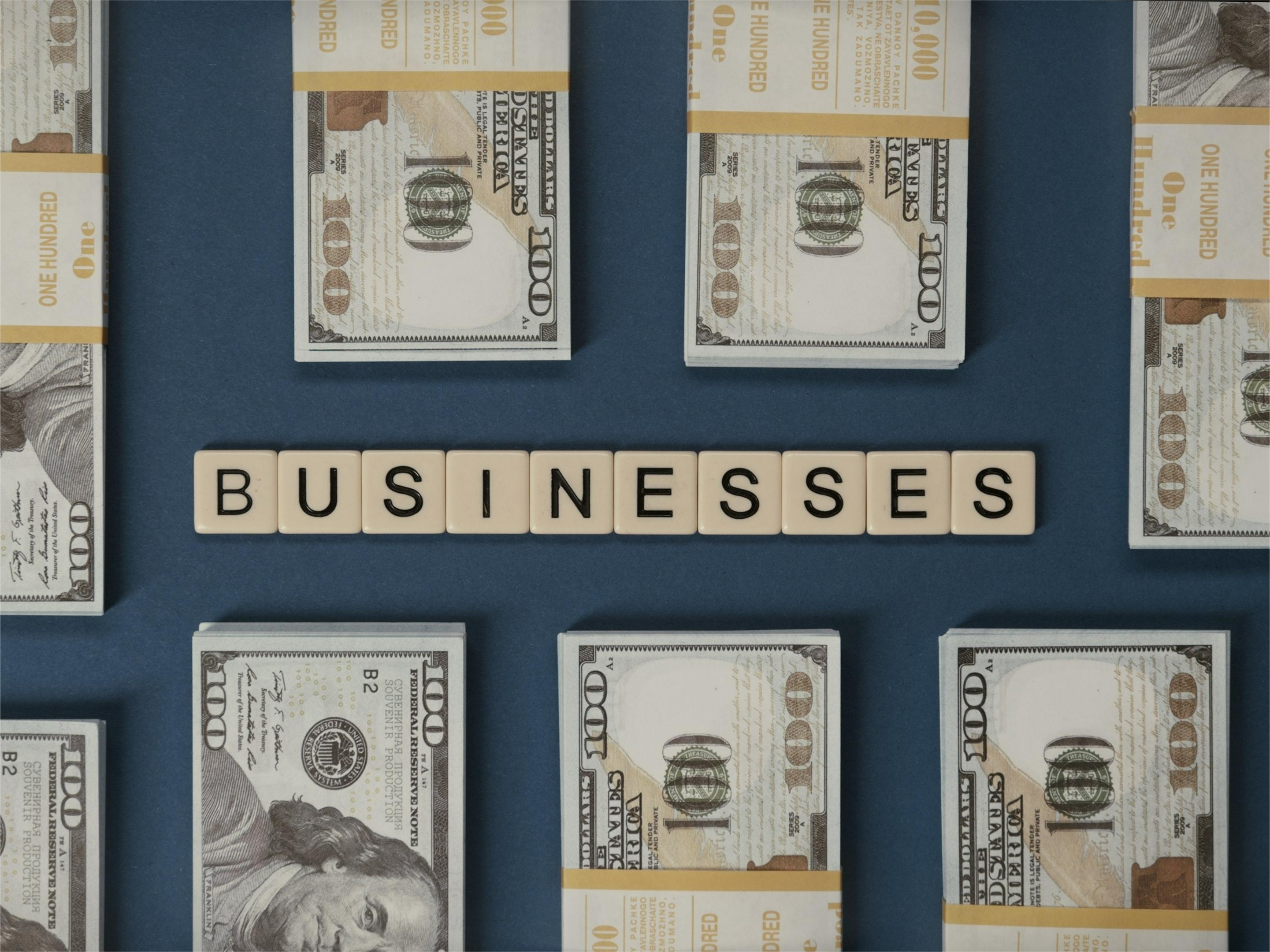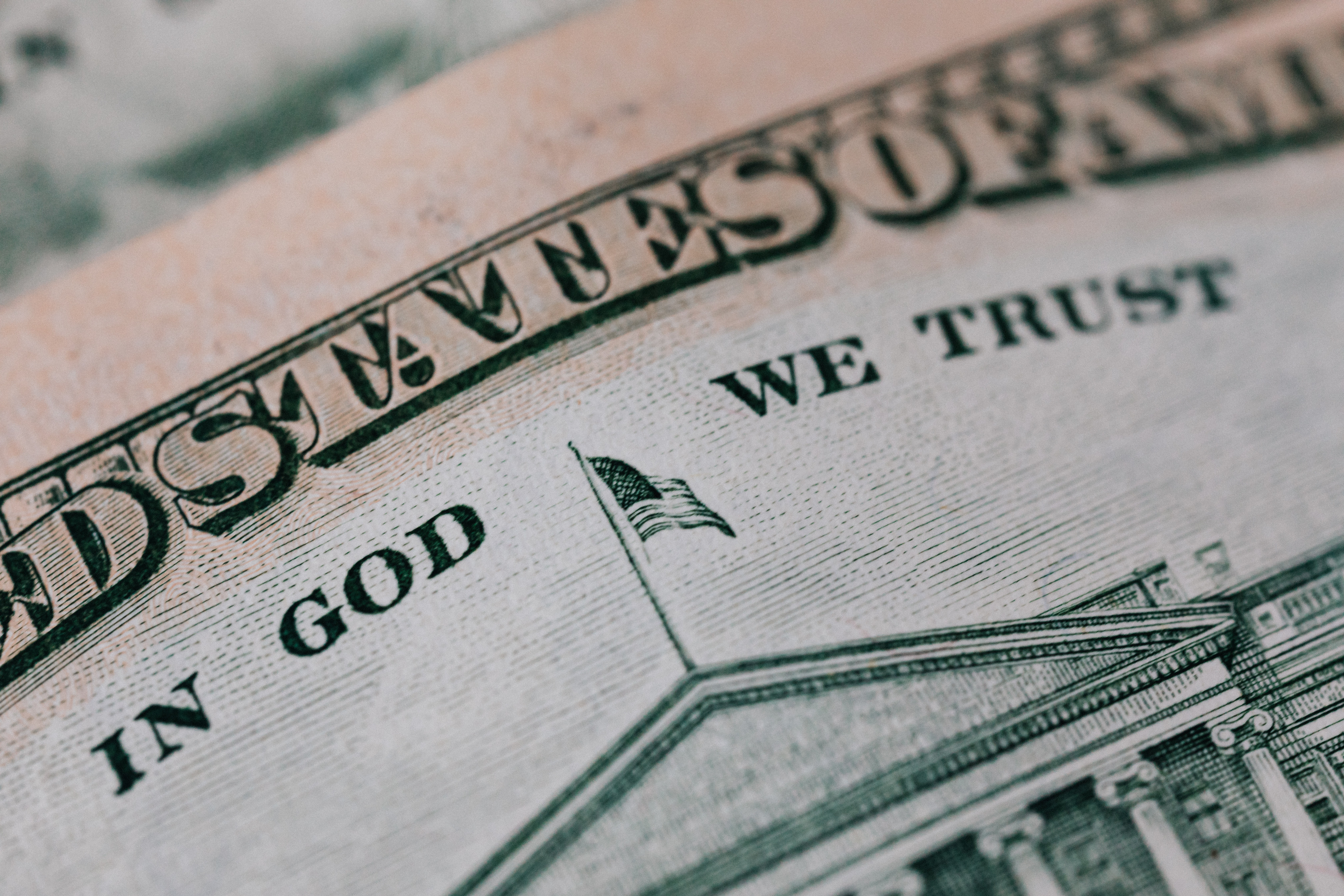Over the past month, the U.S. stock market has once again experienced a sharp decline, and emerging market stock markets are in a state of distress. The non-U.S. dollar has seen a drop of 10%-30% against the U.S. dollar over the past year. Even the “safe haven” U.S. Treasury bond prices and gold have plummeted due to aggressive interest rate hikes.
Not long ago, the U.S. Dollar Index broke through the 113.19 mark. What does this mean? The index has risen by 21.49% over the past year, reaching a new high since May 2002. The previous high was around 120 in January 2002. Over the past year, the U.S. dollar has appreciated by 17.43% against the euro, 20.84% against the British pound, 10.54% against the Australian dollar, 21.15% against the South Korean won, 29.95% against the Japanese yen, and 10.36% against the Chinese yuan.
Currently, the Federal Reserve is still in the process of aggressive interest rate hikes, with no signs of slowing down. Supported by a group of weaker “peers,” the strong U.S. dollar is likely to continue. Historically, it is difficult for the strong U.S. dollar to weaken before the U.S. Treasury bond yield has peaked. The Federal Reserve is expected to raise interest rates by another 125 basis points (BP) this year, having already raised them by 350 BP, an unprecedented intensity. Is the strong U.S. dollar about to soar? The 120 mark seems to be within reach.

The surge in the US dollar index can be attributed to at least half of the contribution from the dramatic change in stance by Federal Reserve Chairman Jerome Powell. On September 22nd, the Federal Reserve raised interest rates by 75 basis points and revised the interest rate forecasts for 2022-2024. The forecasts were adjusted from 3.4%, 3.8%, and 3.4% to 4.4%, 4.6%, and 3.9%, respectively, completely shattering the illusion of a rate cut in 2023, which led to a sharp decline in the US stock market and the US dollar index officially breaking through the 111 mark.
However, there had been early warnings of this.
The Wall Street Journal had already revealed that at the end of August, Powell's “tearing up” of the original speech marked a turning point in the market. Insiders disclosed that Powell discarded the speech he had planned to deliver at the end of August at the annual meeting of the world's central banks, instead conveying a simple message that the Federal Reserve would accept a recession in order to suppress inflation.
William English, a former senior economist at the Federal Reserve and currently a professor at the Yale School of Management, commented, “I suspect Powell was not happy with the easing of the situation after the July (Federal Reserve interest rate) meeting.” Starting from the end of June, the S&P 500 had rebounded nearly 20% after a 25% drop, and the market even began to price in an 80 basis point rate cut for next year.
Then we saw Powell's speech that extinguished the market's dovish expectations and hoped to collapse the US stock market. During his speech, he emphasized, “We must continue to raise interest rates until the job is done,” and stated bluntly that “the historical record strongly warns against easing policy too early,” directly pouring cold water on the market's expectations that the Fed would start cutting interest rates in the second half of next year.
Powell cited the example of the most aggressive former Fed Chairman, Paul Volcker. In the early 1980s, Volcker curbed double-digit price increases through punitive interest rate hikes, dragging the US economy into the abyss. “We must persist until the task is completed.”
US CPI rose by 8.3% year-on-year in August, which is lower than the 8.5% in July but higher than the market's expectation of 8.1%; what is even more worrying for policymakers is that, after excluding the more volatile food and energy prices, the core CPI in August rose by 6.3% year-on-year, compared to the previous value of 5.9%. This also indicates that inflation has penetrated every aspect of the United States.
Powell changed face
There is also a view that the market is too pessimistic about the inflation situation, as the leading indicators of inflation suggest that it will continue to decline. However, the key lies in the speed and magnitude of the decline. Gasoline prices are falling, but it will take longer for the final inflation data to reach the Federal Reserve's target (2%), especially if the conflict between Russia and Ukraine continues. This will make the Federal Reserve prefer to be more hawkish. At the same time, the Federal Reserve's move is also aimed at restoring its credibility.
Goldman Sachs estimates that on the current interest rate of 3.5%, the Federal Reserve will raise interest rates by 75 basis points in November and 50 basis points in December (50 basis points and 25 basis points higher than the forecast made a month ago), which means that the interest rate level at the end of the year will be as high as 4.75%. For 20 years, the interest rate has rarely reached this level. Moreover, it is very likely that the interest rate will remain at this high level next year. Goldman Sachs also adjusted its forecast for the U.S. stock market on Friday, lowering the target price of the S&P 500 for 2022 from 4,300 points to 3,600 points. If a deep recession occurs, it is not ruled out that the price may fall to 3,150 points.

It is important to note that the euro accounts for nearly 60% of the composition of the US dollar index, and the euro and the British pound are also major components. However, these non-US major currencies have been too weak this year, which has also led to a significant surge in the US dollar index.
Although the European Central Bank has also started to raise interest rates, the increase is far less than that of the Federal Reserve, and there is a high expectation that the eurozone economy will fall into a severe recession in 2023, with the energy crisis looming.
Russia has completely cut off gas supplies to Europe. Since the beginning of 2021, the Dutch TTF natural gas futures contract, which is the benchmark price for the European market, has increased by 9 times, rising from 20 euros per megawatt-hour to the current 185 euros per megawatt-hour, and it once soared to 300 euros per megawatt-hour. This has led to a significant increase in the cost of gas for Europe, a surge in electricity prices, and even a decrease in manufacturing demand, with many metal smelting companies shutting down. The key is that winter is not far away, and how to get through the cold winter will be the biggest test for Europe.

To prepare for the winter, EU countries started “stockpiling gas” from the summer. A considerable part of EU member states' inventories have reached over 80%, and Germany's natural gas reserves are higher than the EU standard. They reached 80% before October and are expected to reach 95% before November. However, the problem is that even with full inventory, it can only ensure normal use under the condition that Russia maintains normal supply and can withstand some temporary supply interruptions. If there is a continuous supply cut, it will undoubtedly face a severe test.
Many commodity strategists overseas have expressed to me that if it is a normal winter, the current inventory can only last for less than two months. However, the winter in Europe is usually from November to April of the following year. If this year encounters a severe winter, Europe may struggle.
Of course, Europe can also seek alternatives from other places, but the cost and transportation issues are still very challenging. To make up for the reduction in Russian natural gas, Europe's LNG (Note: LNG refers to liquefied natural gas, while most of the imported gas from Russia is “pipeline natural gas”) imports have increased by 60% year-on-year, mainly from the United States. This has led to a 200% average increase in the global liquefied natural gas benchmark JKM in 2022.
The pipeline natural gas is cheaper and the pipelines are already in place, while the global LNG supply capacity is indeed unable to meet Europe's demand. Additionally, there is a lack of “infrastructure” – Germany does not have the liquefaction infrastructure needed to process LNG (LNG, which is compressed into a liquid state for transportation, must be converted back into a gaseous state before it can be used). To address this shortcoming, Germany has quickly approved a batch of floating liquefaction ships, but these “infrastructure” projects will take time, and even at the fastest, they will not be ready until 2023. Similarly, the supplementation of new energy and coal will also take time. If there is a “gas shortage” now, it will be too late for this winter.
Currently, Europe's LNG import and processing capacity is quite concentrated, mainly in the hands of coastal countries such as the UK and Spain, which account for about 50% of the entire European LNG liquefaction capacity. LNG can only be transported to other inland European countries through pipelines after being processed in these countries. This uneven distribution issue has already begun to “rehearse”. In recent months, the UK's pipelines to several European mainland countries have basically been idle, with the gas being intercepted by the UK itself first. At the easternmost end of the Eurasian continent, Japan may also face an unusually cold winter this year. A “gas grab” war seems inevitable.
The euro, the yen, and the pound are not as good as they can be
Considering these backgrounds, it would be a miracle if the euro could still strengthen. Moreover, after the euro broke parity against the US dollar (for the first time in 20 years this year), the British pound is also on the verge of breaking parity.
The Bank of England announced a 50 basis point rate hike on September 22, raising the benchmark interest rate to 2.25%, but the pound/dollar is currently close to a 37-year low. The Bank of England believes that the economy may have entered a recession, but it may have avoided a “deep” recession. In addition to the rate hike, the Bank of England also announced that it will start selling UK government bonds it holds in the next 12 months, reducing its holdings by more than 80 billion pounds. Traders said that after comparing the situation in the UK with that in the US, it is expected that the pound/dollar may continue to fall.
The Japanese yen is even weaker, having fallen by a full 30% against the US dollar in one year, with the dollar/yen briefly breaking through 147, a 24-year low, and the Bank of Japan has no intention of raising interest rates. The Bank of Japan also announced on September 22 that it would maintain its ultra-loose policy unchanged. The governor pointed out that the central bank will maintain its guidance for the next two to three years. In other words, the Bank of Japan maintains the interest rate at -0.1% and insists on purchasing 10-year government bonds at a yield level of 0.25% every day.

Under the backdrop of aggressive interest rate hikes, U.S. Treasury yields have soared, leading to a sharp widening of the interest rate differential between the U.S. dollar and other currencies, which naturally results in the depreciation of non-U.S. dollar exchange rates.
For example, previously, the one-year U.S. Treasury yield broke through 4.1%, reaching the highest level in nearly a decade. On the other hand, the one-year yield of Chinese government bonds is around 1.8%. Some traders have lamented that the one-year U.S. Treasury yield is 4%, while the current yield of domestic three-year AAA state-owned enterprise bonds is only 2.8%. From February to August this year, foreign holdings of Chinese yuan-denominated bonds have been continuously sold off, amounting to $82.8 billion.
Currently, it appears that the upward trend in U.S. interest rates has not yet ended, and U.S. Treasury yields are expected to peak before the Federal Reserve's benchmark interest rate. If the rate hike peaks in the first half of next year, then U.S. Treasury yields are likely to peak by the end of this year, and the corresponding pressure on the yuan's depreciation may also continue until the end of this year. Historical data suggests that it is difficult for the U.S. Dollar Index to peak before the two-year U.S. Treasury yield reaches its peak.

It is worth mentioning that on September 21st, the central parity rate of the Renminbi (RMB) against the US dollar was reported at 6.9798, and the spot transaction price reached its weakest at 7.106 on the same day, deviating from the central parity rate by nearly 1.6%.
Since March 17, 2014, as a key step in exchange rate reform, the floating range of the Renminbi against the US dollar in the interbank spot foreign exchange market has been expanded from 1% to 2%. Many domestic and foreign exchange traders and analysts have expressed to me that as of September 22nd, the People's Bank of China (PBOC) has set the Renminbi's central parity rate above the model's forecast level for nearly 21 consecutive days. Bloomberg data shows that the negative deviation on September 22nd was the largest since Bloomberg began publishing central parity forecast data in 2018, reaching about 850 basis points (i.e., the central parity rate should have been reported at 7.0648 on the 22nd according to the formula). On September 15th, the day when the rate “broke 7,” the deviation was nearly 550 basis points, which was the highest point at that time.
From the central parity rate, it is not difficult to see that the PBOC continues to send a stable signal, but the overall trend of depreciation seems to be still hard to reverse. Moreover, the current valuation of the Renminbi is not undervalued, so it is widely believed that there is no need to intervene again and let the Renminbi appreciate. Institutions generally believe that the central parity rate will continue to send a stable signal in the future, and the PBOC's toolbox is still sufficient.

Trade surplus and international capital inflows into Chinese stocks and bonds are key variables for the exchange rate and will also dominate the RMB trend in the future.
Given the recession risks faced by overseas economies, favorable factors in the external sector may weaken. Barclays forecasts that China's current account surplus in 2023 may narrow from $337 billion (1.9% of GDP) in 2022 to $249 billion (1.3% of GDP), and the trade surplus will fall from $945 billion in 2022 to $869 billion in 2023, but this is still at a relatively high level.
“We expect export growth to slow down to around 3% in the fourth quarter, as a global recession is approaching and new export orders are slowing down. Due to weak demand from the US and the EU, China's export growth in August was lower than expected.” Barclays mentioned that the global macro background continues to deteriorate, and developed economies are expected to enter a recession in 2023, affected by a severe recession in Europe. The institution's current target price for the US dollar/RMB for this year is 7.15, and for the first and second quarters of next year, it is 7.25 and 7, respectively.
The changes in investment funds cannot be ignored. Investors are cautious about duration or exchange rates, and arbitrage transactions have slowed down, especially for global yields. From February to August this year, foreign holdings of Chinese yuan-denominated bonds decreased by 82.8 billion US dollars. However, the pace of this capital outflow may slow down, because after a substantial sell-off by hedge funds and asset management institutions, most of the remaining holdings now reflect reserve management agencies, sovereign wealth funds, and index tracking funds.
In addition to the bond market, the outflow of foreign capital from the stock market is not as severe. Although the northbound capital has been relatively weak recently, the net inflow for the year is still 46.88 billion yuan, which is lower than last year's annual net inflow of 40 billion US dollars (a historical high), and a net outflow of 16.563 billion yuan since September.
The key is Treasury yields
Undoubtedly, geopolitical risks and economic challenges do exist, but low valuations may be an advantage in themselves, and the behavior pattern of A-shares is inherently different from other markets. J.P. Morgan made a comparison between China and Japan (assets), and the Nikkei Topix stock index began to decline for nearly 14 years since December 1989, reaching a price-to-earnings ratio of 16. Now, the Chinese stock market is at a ratio of 10-11, and the institution believes that the cost-effectiveness is prominent. The advantage of low valuations lies in the fact that the market has already priced or discounted many foreseeable risks.
Note: The above content and viewpoints are for reference only and do not represent any position of our company, nor do they constitute investment advice. Please treat them with caution.

 Quantum Flip Pre-order Now Available
Quantum Flip Pre-order Now Available



